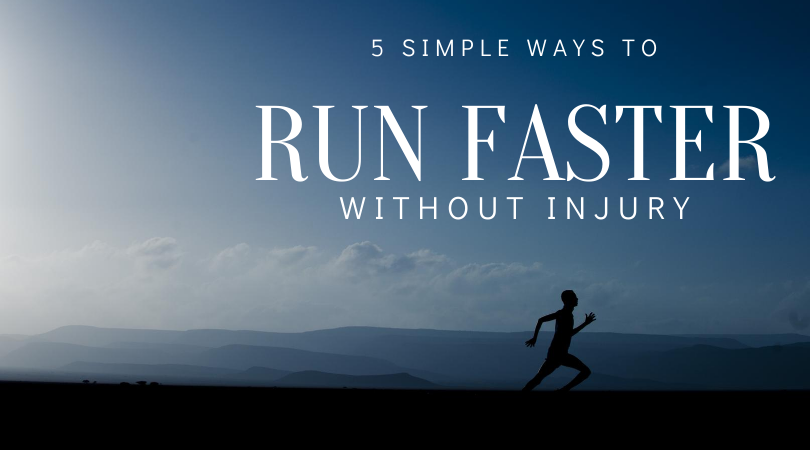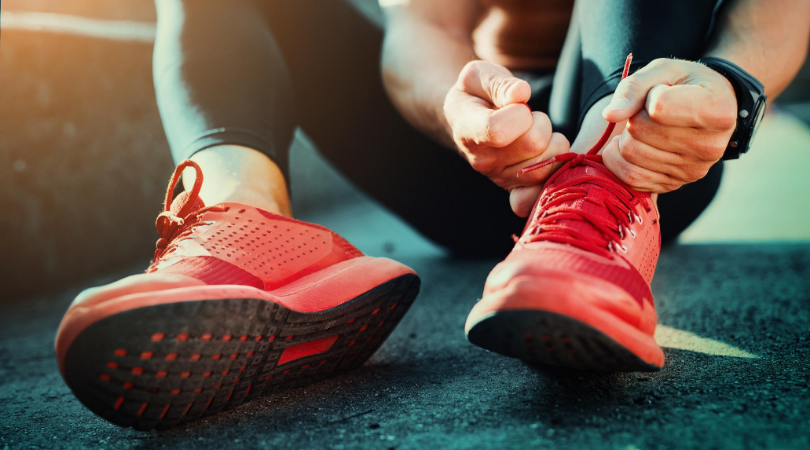5 simple ways to help you run faster without injury

I must start with a warning because trying to run faster without guidance can lead to significant spikes in training load. So, be gradual and follow the next 5 tips with a sensible attitude. With that said, here are my 5 tips to help improve your running speed.
Run faster tip #1: Build a bigger base of low intensity
I have had the pleasure to interview some elite and respected runners who have all told me the same thing. Runners will see improvements in their performance on race day if they continue gradually building on their low intensity weekly mileage. Simply put, if you were training for a half marathon and ran thirty slow kilometres per week, your goal should then be to slowly built up to sixty kilometres per week and so on.

Tip #2: Implement intervals once a week
A lot of runners love training in the ‘grey zone’. This means they run too fast on their slow days, and too slow on their fast days. As a result, they lack recovery for either workout to be beneficial. Your body gets used to a certain pace if you don’t shock it out of rhythm. Trial an interval session and slowly progress duration and intensity. For example, a nice introduction would be 5 minutes jog, 1 minute fast run for 4-5 repeats.
Tip #3: Hit the hills
Now running uphill will put more strain through your calves but this acts as a type of plyometric training that the body will adapt to and become stronger. If intervals do not suit you then start with some gradual hills and building upon this will make you faster. A hill session once every week or fortnight will help keep the body guessing and keep the body adapting.

Tip #4: Increase your strength training
This is my bread and butter. Some great research from Richard Blagrove has shown that heavy resistance and plyometric training 2-3 times per week can increase your endurance performance. This means you can increase your muscle output during mini surges within a race and of course those finish line sprints. Additionally, for long endurance races, your running economy will improve by 2-8%.
Tip #5: Transition into lighter shoes
Lastly, we have to comment on shoes, because when we talk about improving running performance, we heavily consider running economy. Research has show an improvement of 1% in economy for every 100 gram taken away from shoe weight. However, if this transition is too drastic it can increase your risk of injury. Refer to my other blog how to successfully transition to a lesser shoes for more information.

Relevant Blog posts
- Mistakes preventing a NEW runner from success
- Common Strength training myths for runners
- The top 5 MUST HAVES in your training program
- Am I strong enough to run?
Relevant Podcast episodes
- Running Technique insight Chris Bramah
- How can I boost my running program with Jason Fitzgerald
- Strength training 1: injury risk & injury prevention
